Share this article
.png)
5 healthcare cybersecurity regulations and frameworks to follow in 2025
Accelerating security solutions for small businesses Tagore offers strategic services to small businesses. | A partnership that can scale Tagore prioritized finding a managed compliance partner with an established product, dedicated support team, and rapid release rate. | Standing out from competitors Tagore's partnership with Vanta enhances its strategic focus and deepens client value, creating differentiation in a competitive market. |
As AI and automation increasingly become embedded into healthcare operations, securing these technologies becomes critical, especially for organizations managing protected health information (PHI), which are frequent targets for cybersecurity threats such as data breaches and unauthorized access.
To safeguard this sensitive data, regulatory agencies like the U.S. Department of Health and Human Services (HHS) enforces strict cybersecurity and privacy regulations under HIPAA. On the other hand, standards bodies like the National Institute of Standards and Technology (NIST) provide comprehensive cybersecurity frameworks and best practices widely adopted in healthcare and other regulated industries.
A common dilemma organizations face is knowing which regulations and industry standards to prioritize. Since there are several that may apply, you'll typically need to consider factors like business size, data classifications and related processing activities, and the maturity of your security program.
We’ll examine five widely adopted cybersecurity frameworks in the healthcare space and help you identify which are worth investing in.
5 key cybersecurity frameworks and regulations in healthcare
While the compliance landscape has many options, the following five stand out as industry-leading frameworks that have shaped the data protection standards in healthcare:
- NIST CSF
- HIPAA
- HITECH
- HITRUST
- ISO/IEC 27001
{{cta_withimage3="/cta-blocks"}}
1. NIST CSF
The NIST cybersecurity framework (NIST CSF) is designed to help organizations adopt a structured approach to assessing and managing cybersecurity risks. It provides comprehensive guidance with enough flexibility to integrate with security processes across industries.
NIST CSF is considered a strong industry standard for cybersecurity, with compliance being crucial for U.S. public sector engagements. Additionally, many healthcare organizations adopt NIST CSF voluntarily to build robust security foundations and facilitate compliance with other regulations like HIPAA, sharing common requirements in areas like risk management, incident response, and staff training.
2. HIPAA
The Health Insurance Portability and Accountability Act (HIPAA) is the foundational law for protecting PHI in the U.S. healthcare system. This federal data privacy and security regulation establishes national standards for protecting PHI using comprehensive physical, technical, and administrative safeguards, specifically outlined for electronic PHI (ePHI).
HIPAA applies to covered entities, including healthcare providers, healthcare clearinghouses, and health plans, as well as business associates, which include organizations such as service providers that handle PHI on behalf of covered entities. Compliance with HIPAA is mandatory for all in-scope entities—non-compliance can result in severe financial penalties or legal escalations, depending on the severity and the intent of the violation.
Since its introduction in 1996, HIPAA has evolved through additional standards, called “rules.” Although each rule is significant, the Security Rule, Privacy Rule, and Breach Notification Rule serve as the foundational pillars outlining essential data protection and reporting requirements, including:
- Implementing robust access control policies
- Conducting risk analysis and establishing a formal risk-management process
- Developing data protection procedures
- Creating breach notification plans within strict timeframes
- Defining the content of business associate agreements (BAAs)
Organizations have flexibility in determining how to implement HIPAA's “addressable” safeguards based on their specific data protection needs, though all "required" safeguards are compliance requirements that must be fully implemented. Many of these requirements overlap with other data protection frameworks such as ISO 27001, SOC 2, and HITRUST.
{{cta_withimage13="/cta-blocks"}}
3. HITECH
The Health Information Technology for Economic and Clinical Health (HITECH) Act was enacted as part of the American Recovery and Reinvestment Act in 2009, with two primary goals:
- Incentivizing the Meaningful Use of electronic health records (EHRs) among Medicare and Medicaid-eligible healthcare providers
- Strengthening HIPAA’s Security and Privacy Rules
HITECH’s privacy, security, and breach notification provisions are mandatory for all HIPAA covered entities and their business associates.
HITECH essentially builds on HIPAA—its compliance requirements share significant overlap and can be considered as an extension of broader HIPAA compliance. Although HIPAA and HITECH are technically separate regulations, HITECH introduced provisions that enhance HIPAA compliance, strengthen criminal and civil enforcement, and expand the scope of the Security Rule to include business associates.
Additionally, HITECH introduced the HIPAA Breach Notification Rule, requiring covered entities and business associates to notify affected patients and regulators promptly following a breach.
Key requirements under HITECH include:
- Business associate accountability: Covered entities must sign BAAs with their business associates, which outline their responsibilities for protecting PHI and hold them liable for breaches. HITECH established direct liability for business associates and mandated that BAAs explicitly reflect these responsibilities
- Restrictions on PHI disclosures: Organizations must adhere to stricter guidelines for disclosing PHI related to marketing and fundraising
Besides HIPAA, HITECH requirements are also closely related to HITRUST.
4. HITRUST
Released in 2007, the HITRUST Common Security Framework (CSF) is a standard designed to help organizations strengthen their security posture as well as meet the requirements of other frameworks through a single, certifiable program.
Achieving HITRUST certification isn’t mandatory, but many organizations in high-risk, regulated environments pursue it to streamline compliance with mandatory regulations. It was initially designed for the healthcare sector and has since evolved to support other sectors, such as finance and technology.
One of HITRUST’s biggest benefits in healthcare is its prescriptive approach. While HIPAA broadly outlines what must be done, it doesn’t clarify how to do it. HITRUST addresses this gap with clear recommendations on how to meet expectations.
The framework’s control set is organized into 19 domains, including common ones such as:
- Risk Management
- Access Control
- Cryptographic Controls
- Audit and Accountability
- Incident Response and Management
HITRUST shares a significant overlap with SOC 2 and ISO 27001, and draws inspiration from other industry-leading frameworks such as HIPAA, GDPR, and PCI DSS.
{{cta_withimage22="/cta-blocks"}}
5. ISO/IEC 27001
ISO 27001 is a global cybersecurity standard published by the International Organization for Standardization (ISO) in collaboration with the International Electrotechnical Commission (IEC). The framework guides organizations through creating and maintaining an information security management system (ISMS) to protect sensitive data and IT assets.
A key benefit of ISO 27001 for healthcare organizations is its risk-based approach, which helps prioritize and implement strong security measures such as access controls, data encryption, and clear handling procedures that are also especially important for managing PHI.
While not mandatory, compliance with ISO 27001 is considered an industry best practice. Achieving certification signals dedication to data security, potentially boosting stakeholder confidence and leading to better patient outcomes.
ISO 27001 overlaps with other well-known security standards, most notably SOC 2 and NIST CSF.
ISO 27001 compliance can also help address certain GDPR requirements, which can be highly relevant for healthcare organizations that provide care to EU citizens or residents. Under GDPR, patient information is considered personal data if it can be used to identify the EU data subject or individual. This means its security and privacy provisions apply, such as:
- Lawfulness, fairness, and transparency: ensuring data processing is ethical, legal, and clearly communicated
- Purpose limitation: collecting data only for specific, explicit purposes
- Data minimization: limiting data collection to what is necessary
- Integrity and confidentiality: implementing appropriate security measures to protect data
- Data subject rights: embedding rights such as access, rectification, erasure, and portability into daily operations
- Breach notification: creating data breach reporting procedures to detect, report, and investigate personal data breaches within required timelines
Many GDPR requirements include industry standard data protection practices, so there is overlap with frameworks such as ISO 27001 and SOC 2.
Which frameworks and regulations should you pursue?
Implementing any compliance framework requires significant time and resources, making it near impossible to pursue every framework or regulation. Instead, organizations may consider evaluating their needs and strategic goals to find the most effective combination.
Here’s a brief overview of the frameworks we discussed so far—presented in a table to help you make a comparison:
*Note: Mandatory frameworks and regulations only apply if you fall within the scope.
Essential compliance practices for healthcare organizations
Regardless of the frameworks you pursue, achieving compliance in the healthcare space takes considerable effort and resources. You can streamline the process by adopting the following practices:
- Provide regular workforce training: Workforce training is a critical part of securing sensitive patient information. Conduct frequent sessions focusing on breach outcomes to help your teams understand how to secure PHI and what happens if it’s compromised.
- Collect documentation and evidence: Maintaining detailed documentation of workforce training, internal audits, incident responses, and audit logs related to PHI access is essential for HIPAA compliance. Comprehensive records facilitate external audits, demonstrate compliance efforts, and support ongoing risk management.
- Establish continuous monitoring: Implementing ongoing monitoring is essential to ensure that you quickly detect and react to security and compliance failures. Real-time insights can help you realign your procedures and controls to compliance requirements faster.
- Leverage automation: Compliance in healthcare requires repetitive workflows, such as monitoring access and tracking staff training. Automation software can help perform these tasks, reducing manual efforts and speeding up compliance.
- Cross-mapping control evidence: Many healthcare-relevant frameworks share overlapping requirements for data privacy and security. Cross-mapping your evidence across different framework requirements with compliance tools like Vanta helps you reuse the common ones and minimize duplicate workflows.
Automate healthcare compliance with Vanta
Vanta is a trust management platform that supports healthcare organizations with AI and automation-assisted compliance workflows. It comes with out-of-the-box support for 35+ leading security and privacy frameworks, such as HIPAA, NIST CST, ISO 27001, HITRUST, and CMMC.
The platform helps you speed up compliance per framework with built-in compliance resources, real-time gap analysis, and seamless continuous monitoring. You can start with Vanta’s dedicated automated compliance product focused on automation-enabled efficiency through features like:
- Automated evidence collection through 375+ integrations
- In-app compliance roadmap
- A unified dashboard for compliance tracking
- Detailed document guidance
- Customizable policy templates
Experience firsthand how Vanta can streamline compliance in healthcare by scheduling a custom demo.
{{cta_simple29="/cta-blocks"}}
A note from Vanta: Vanta is not a law firm, and this article does not constitute or contain legal advice or create an attorney-client relationship. When determining your obligations and compliance with respect to relevant laws and regulations, you should consult a licensed attorney.
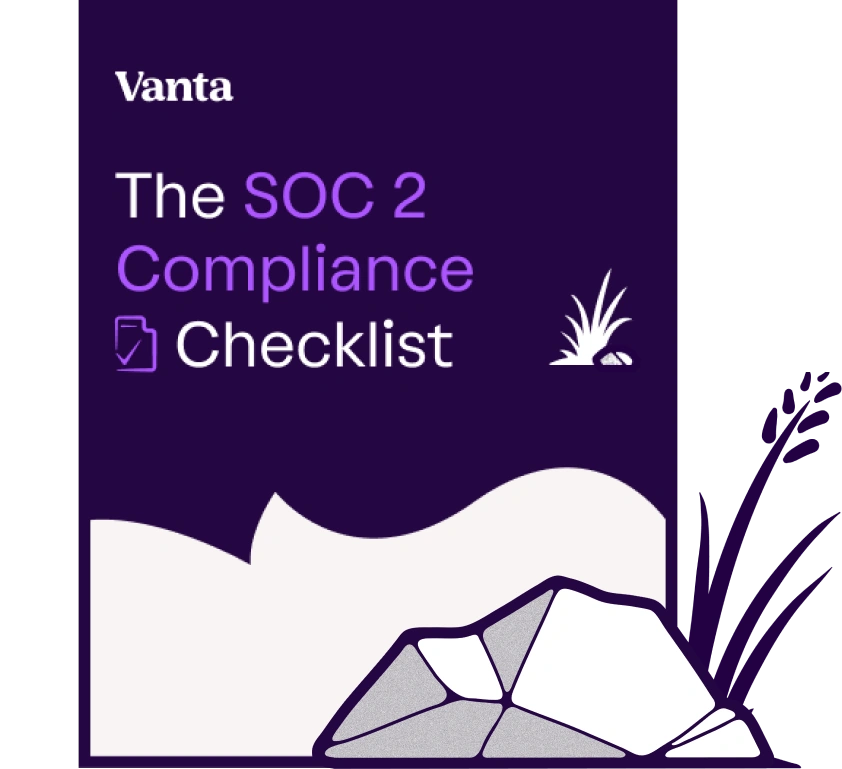




FEATURED VANTA RESOURCE
The ultimate guide to scaling your compliance program
Learn how to scale, manage, and optimize alongside your business goals.














.png)



.png)
.png)
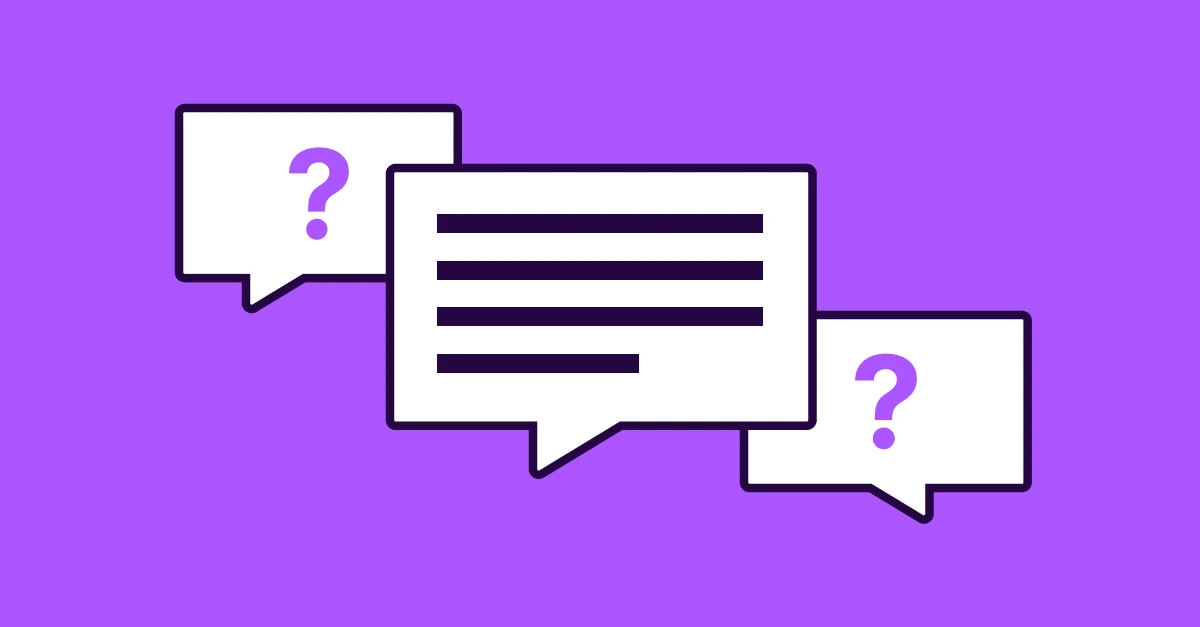
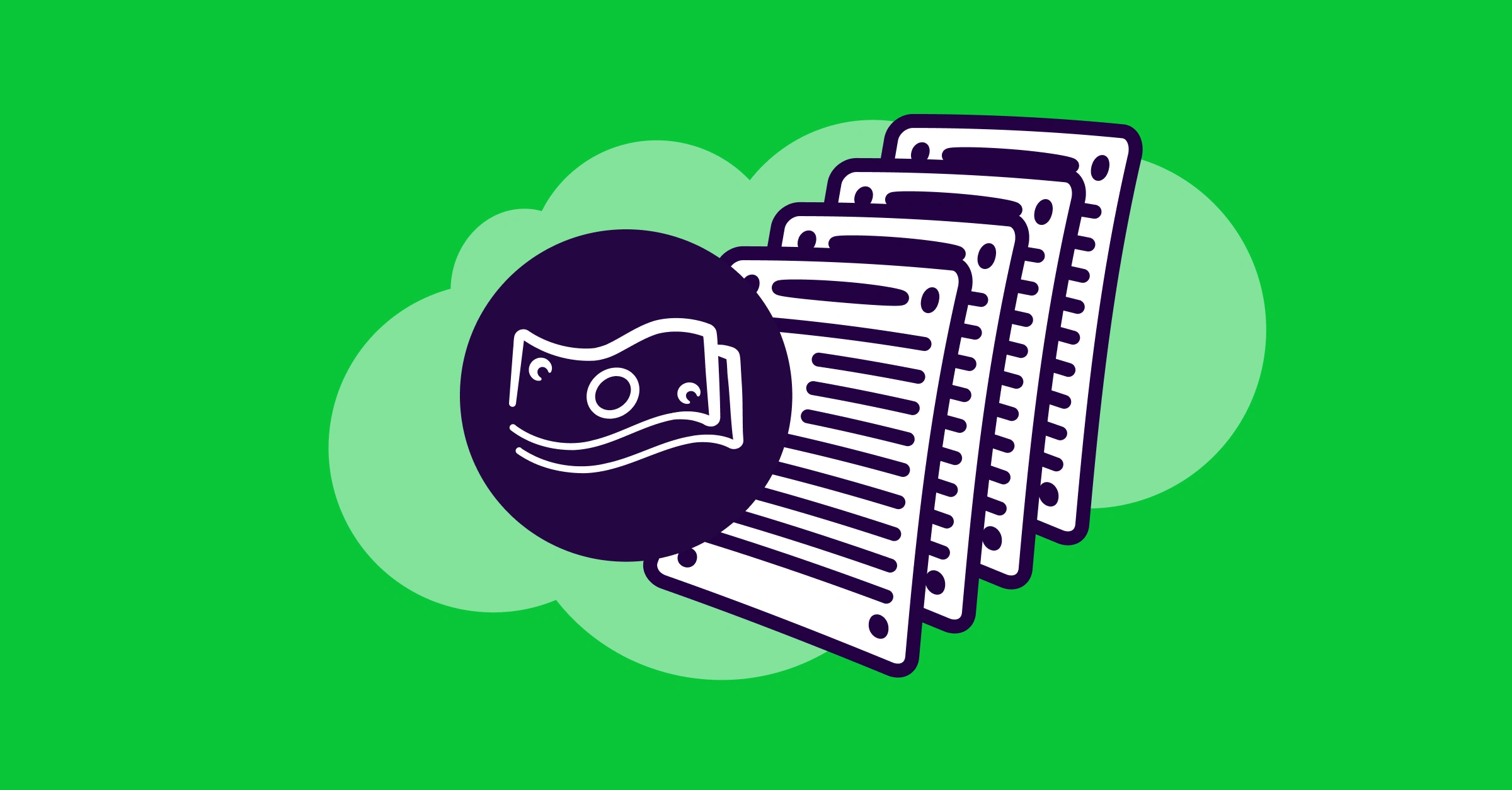

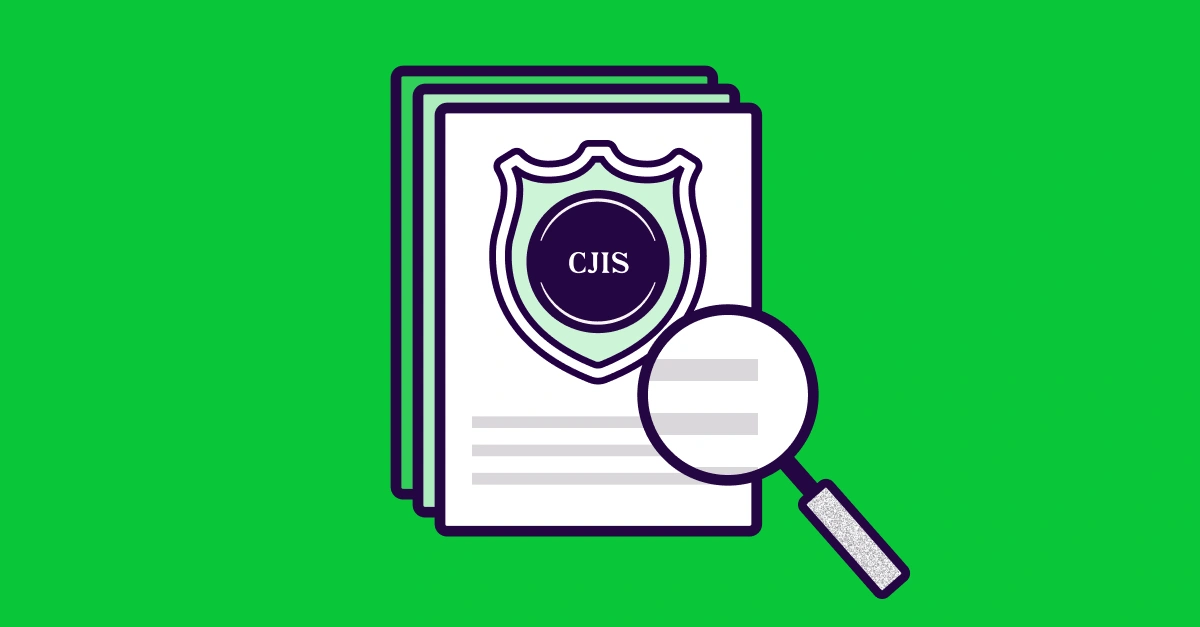
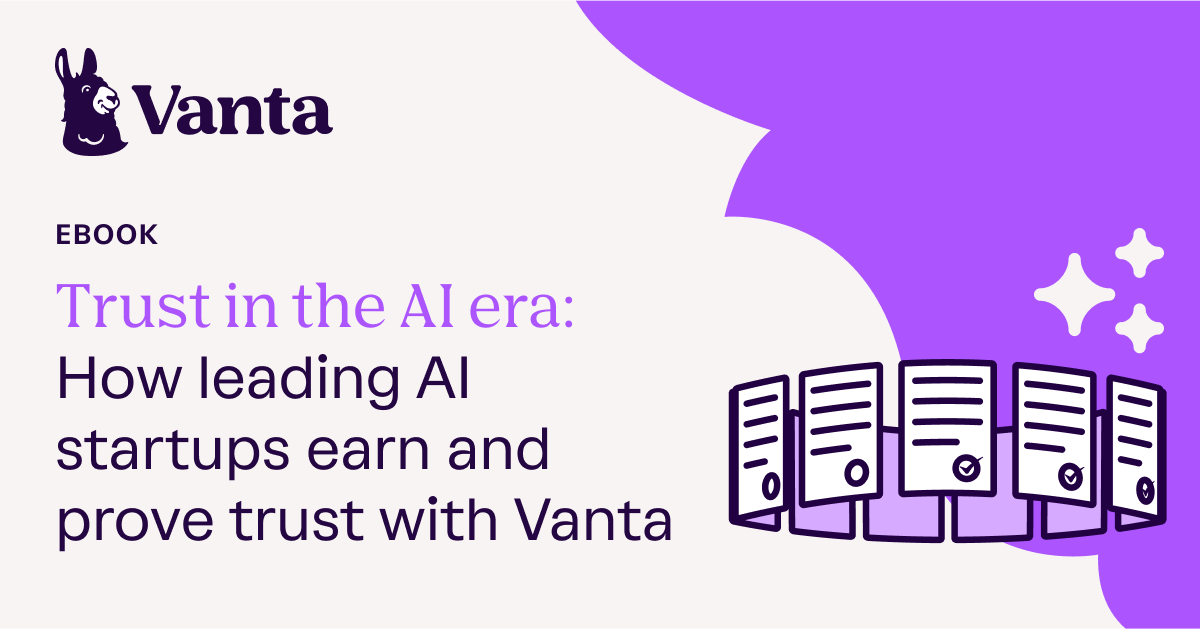


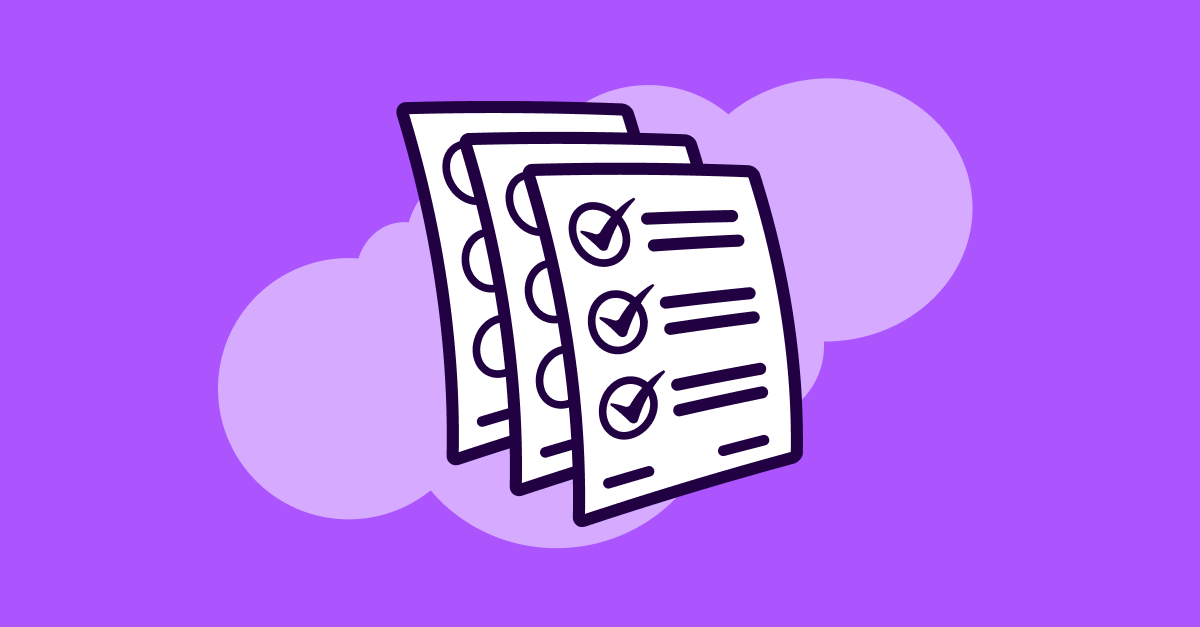

.svg)
.svg)
.png)
.png)
.png)